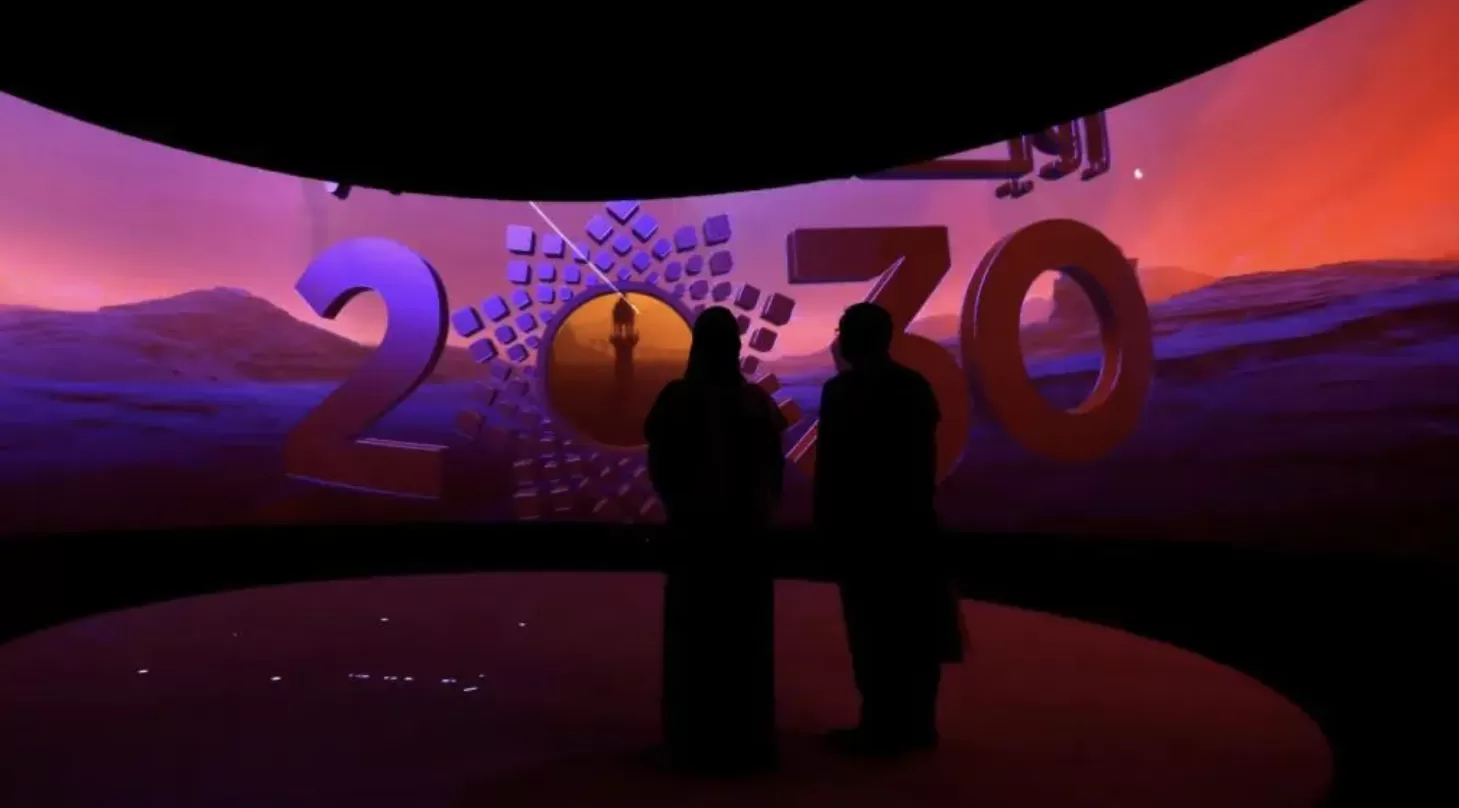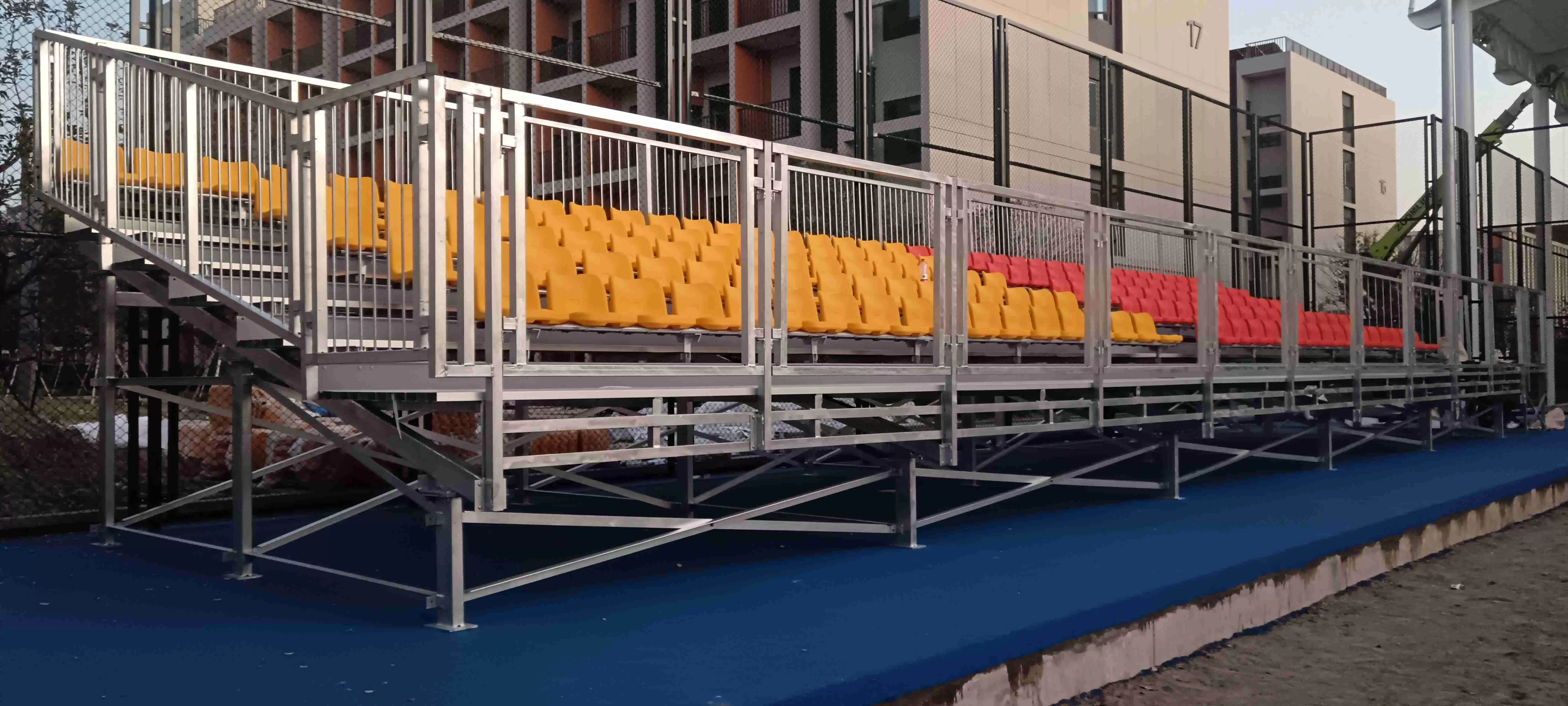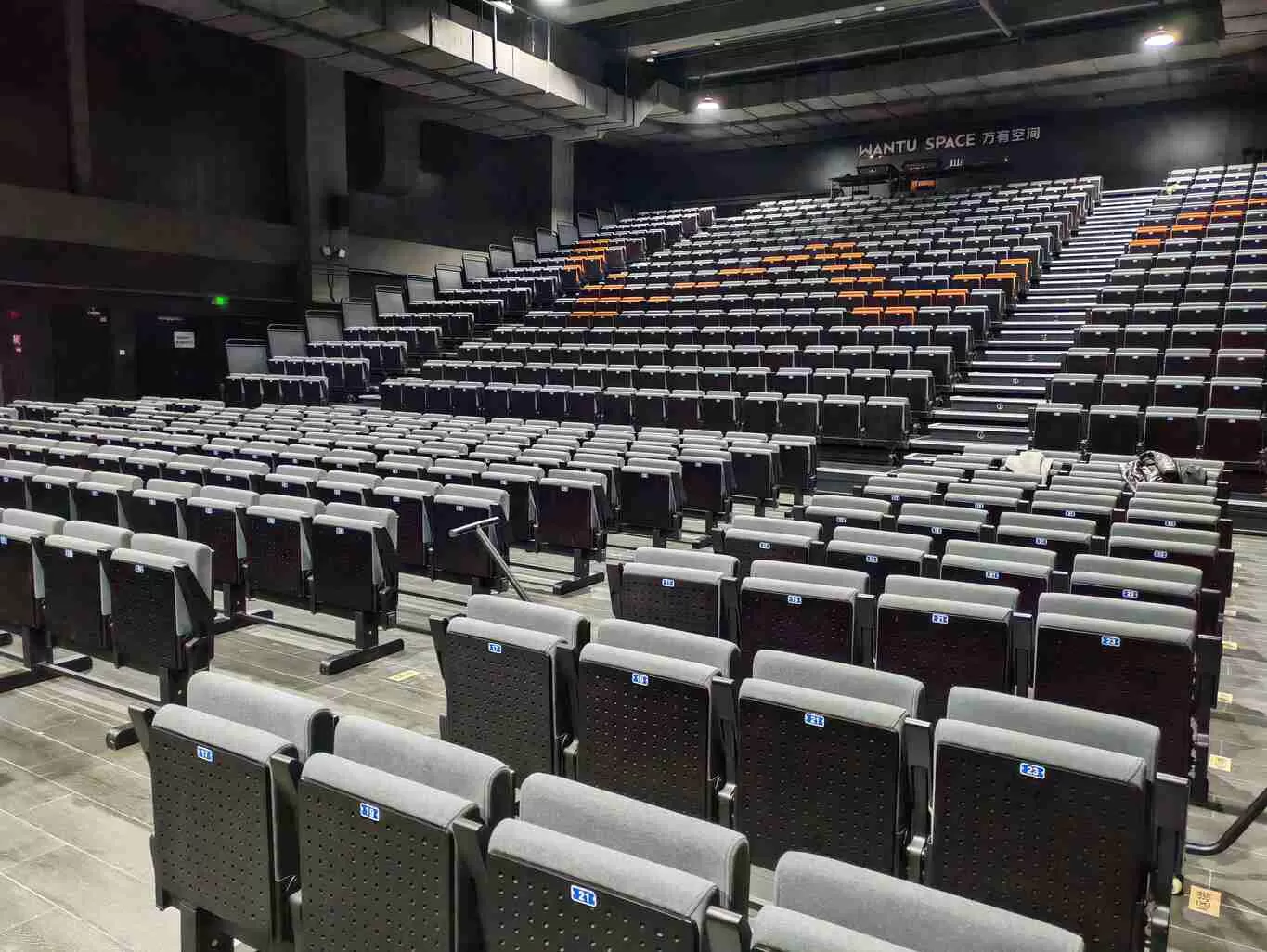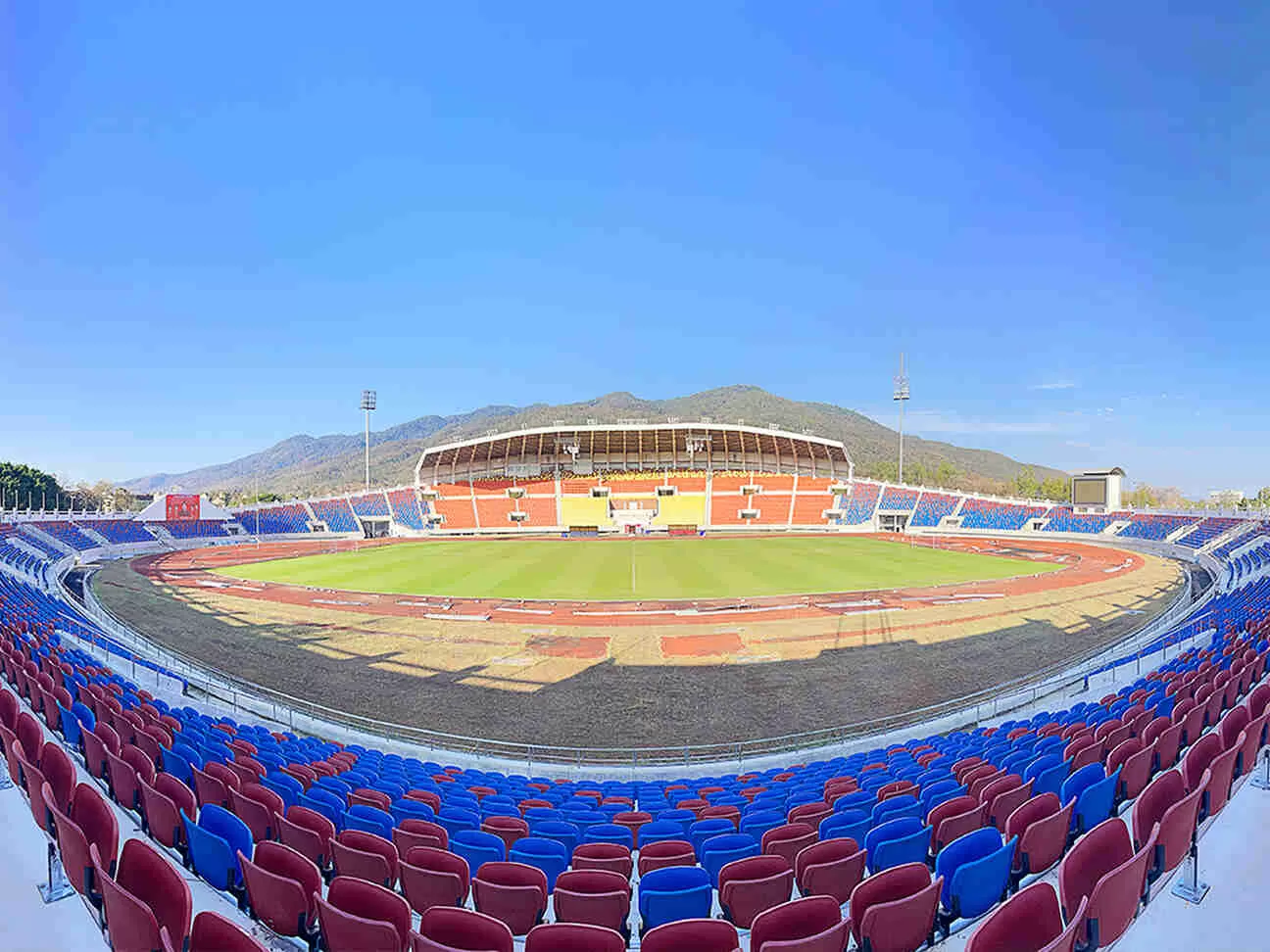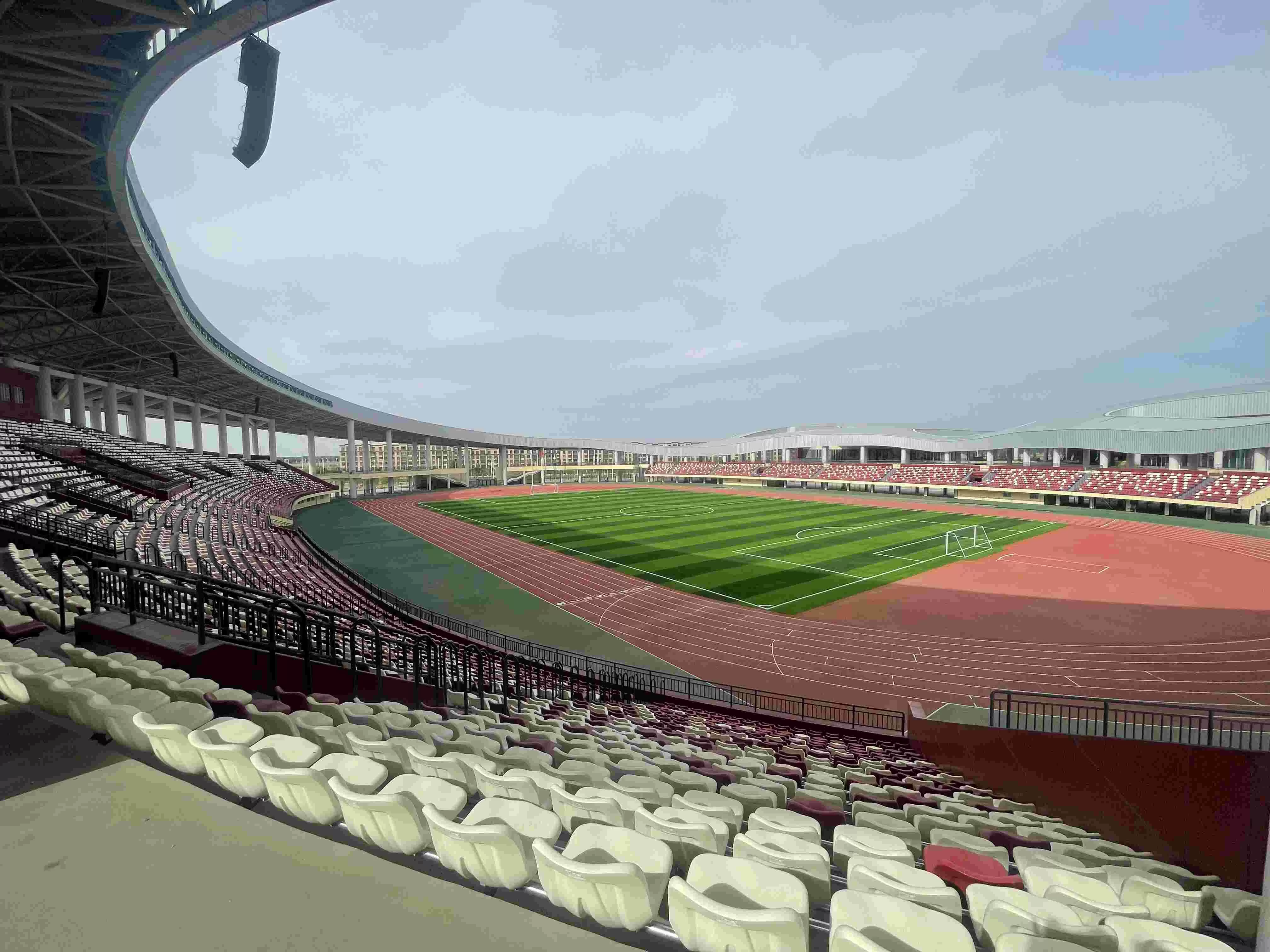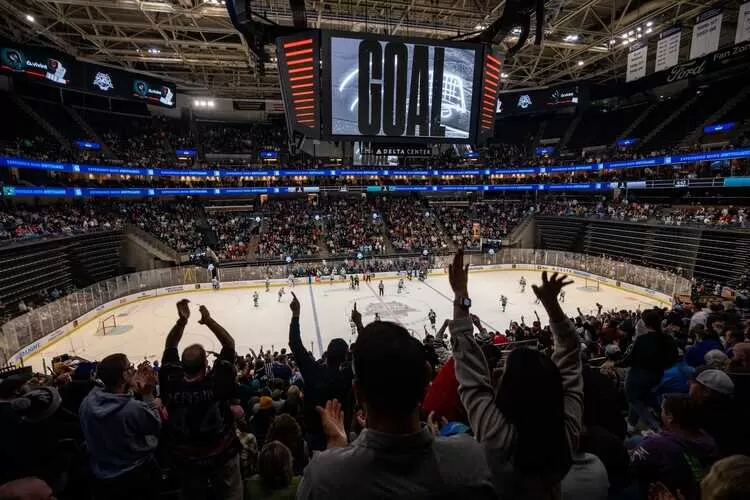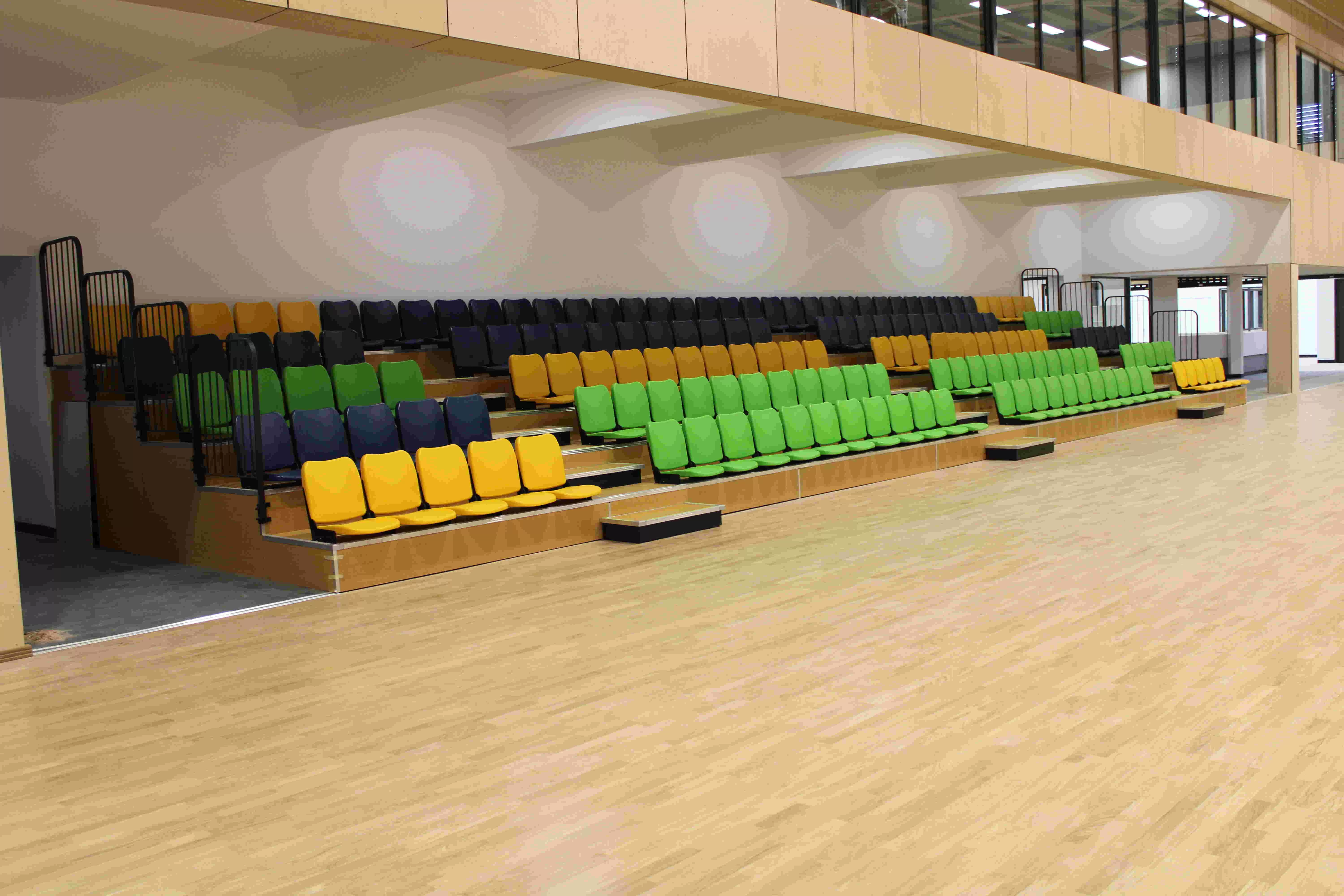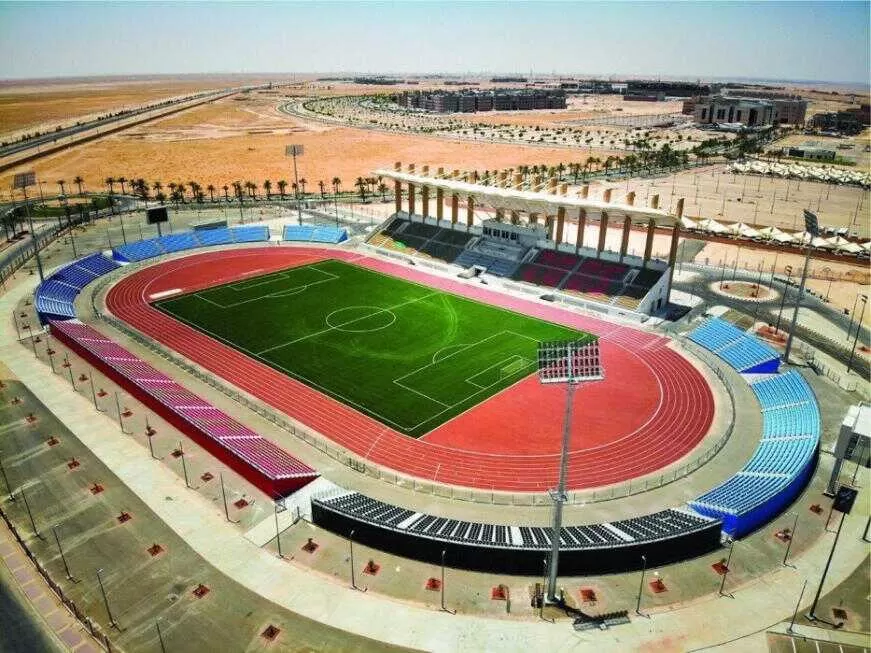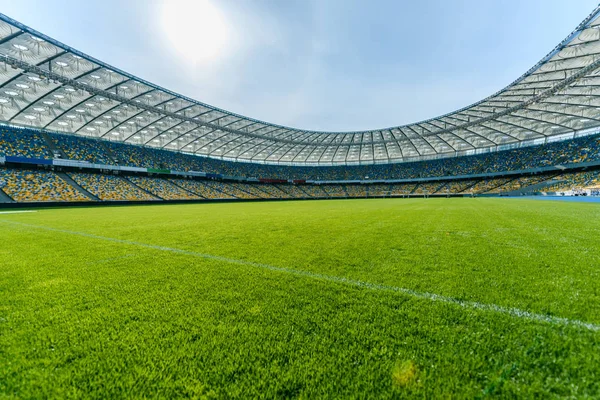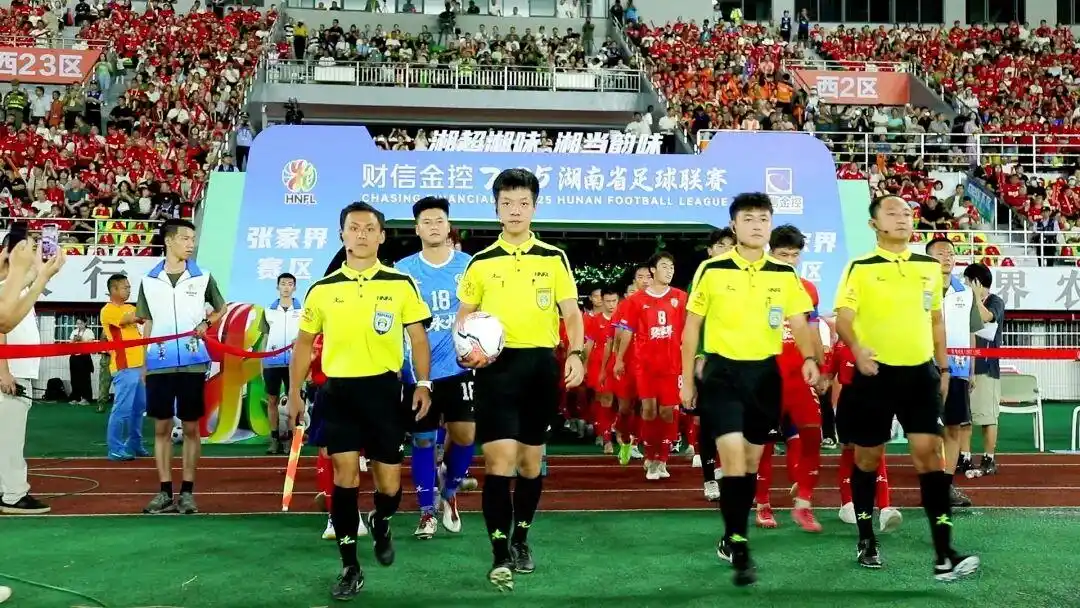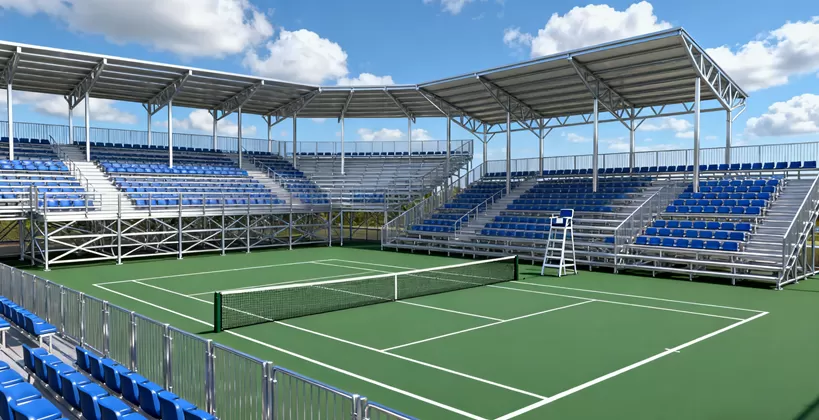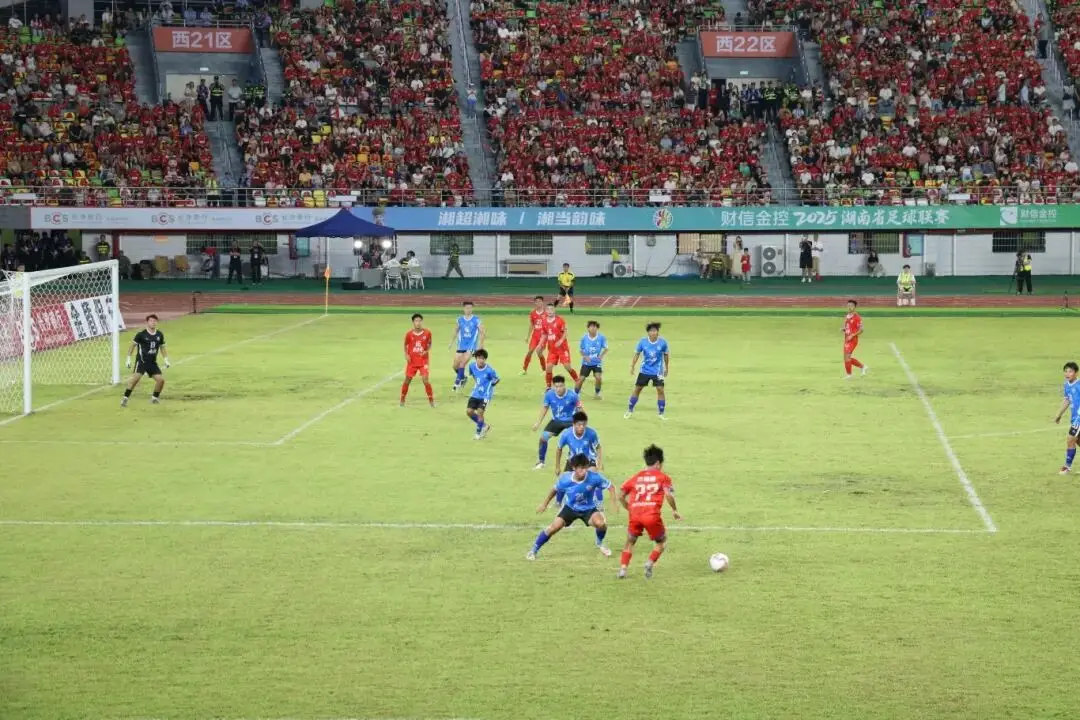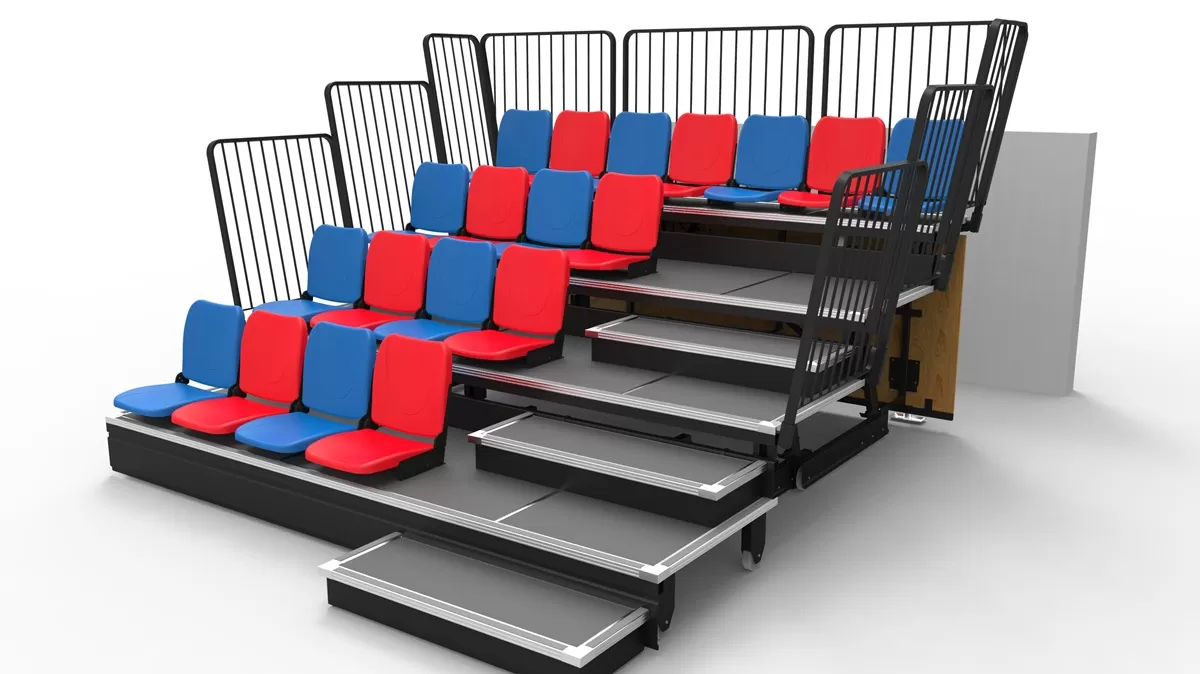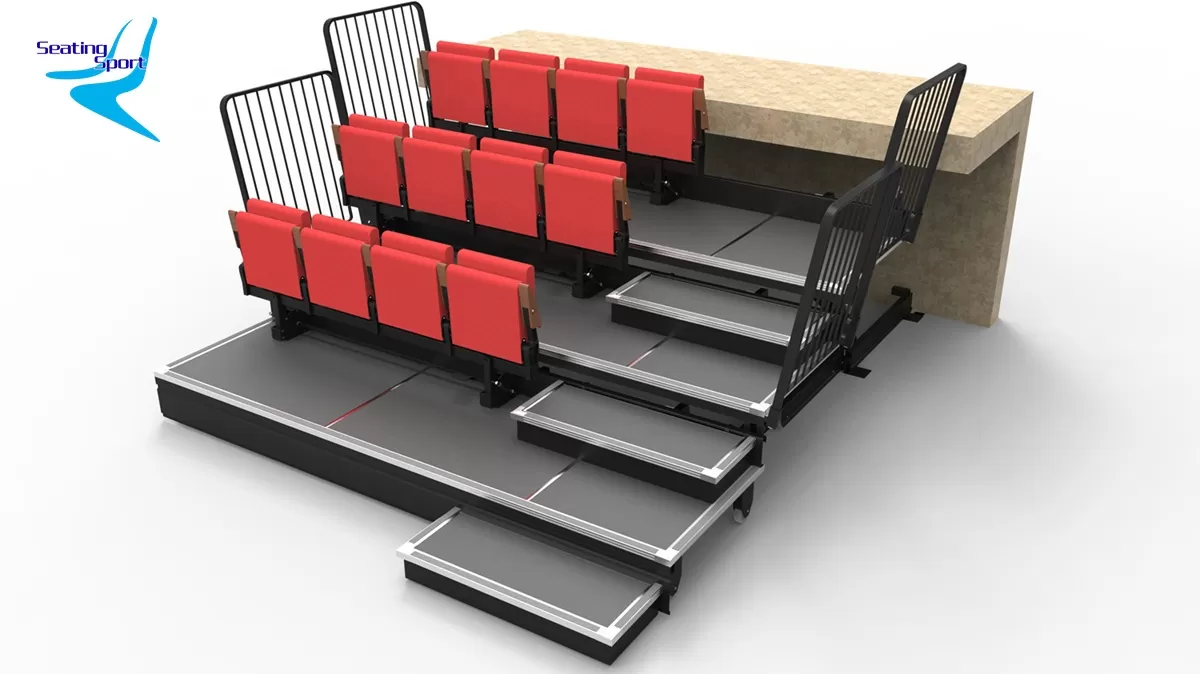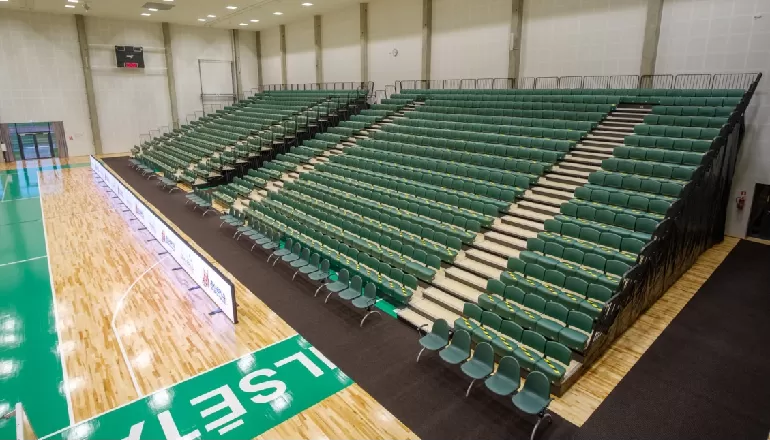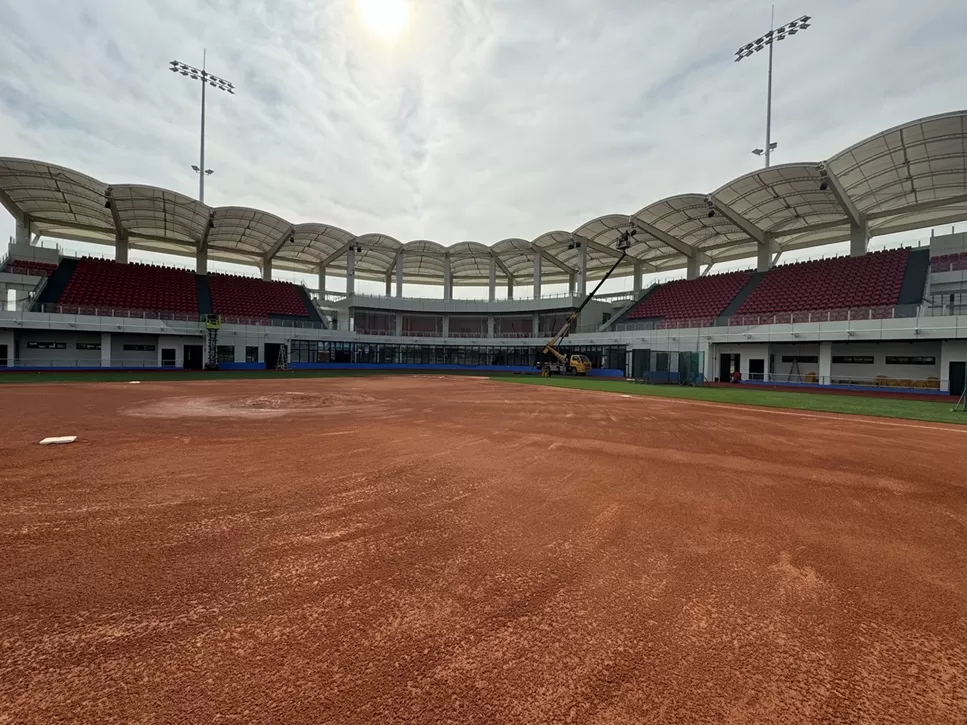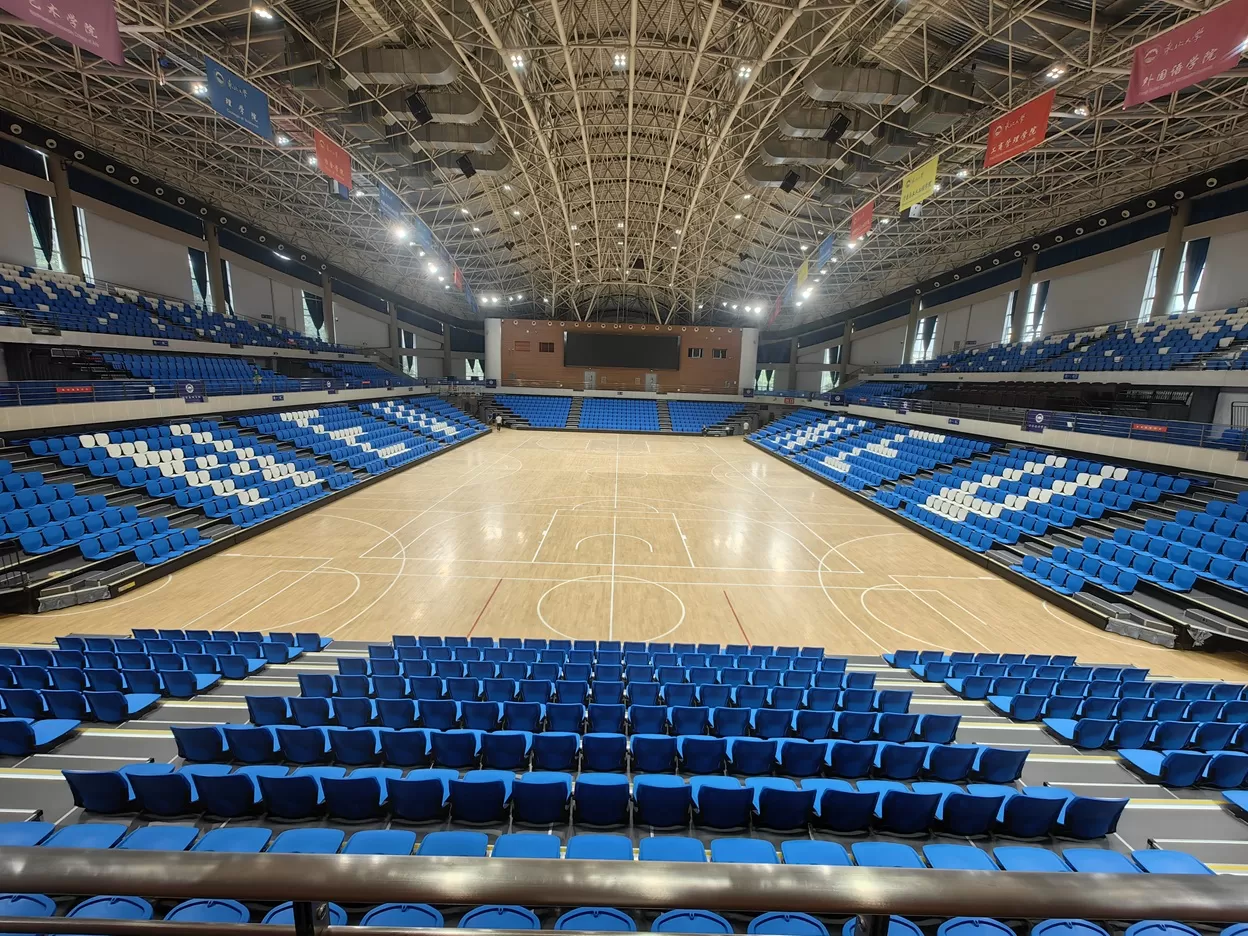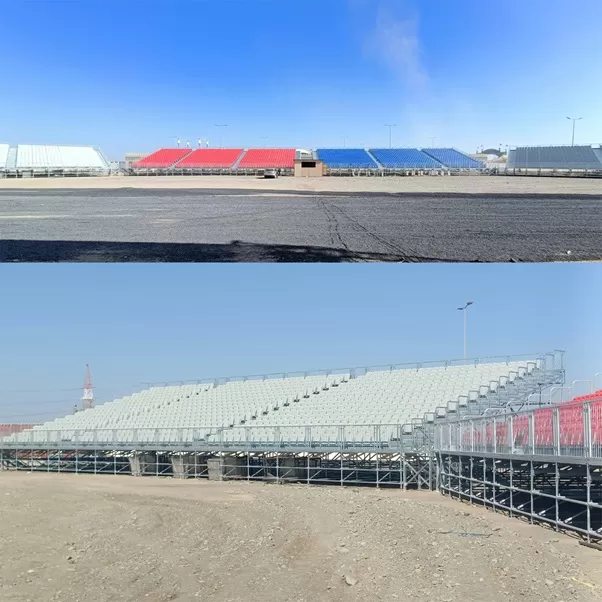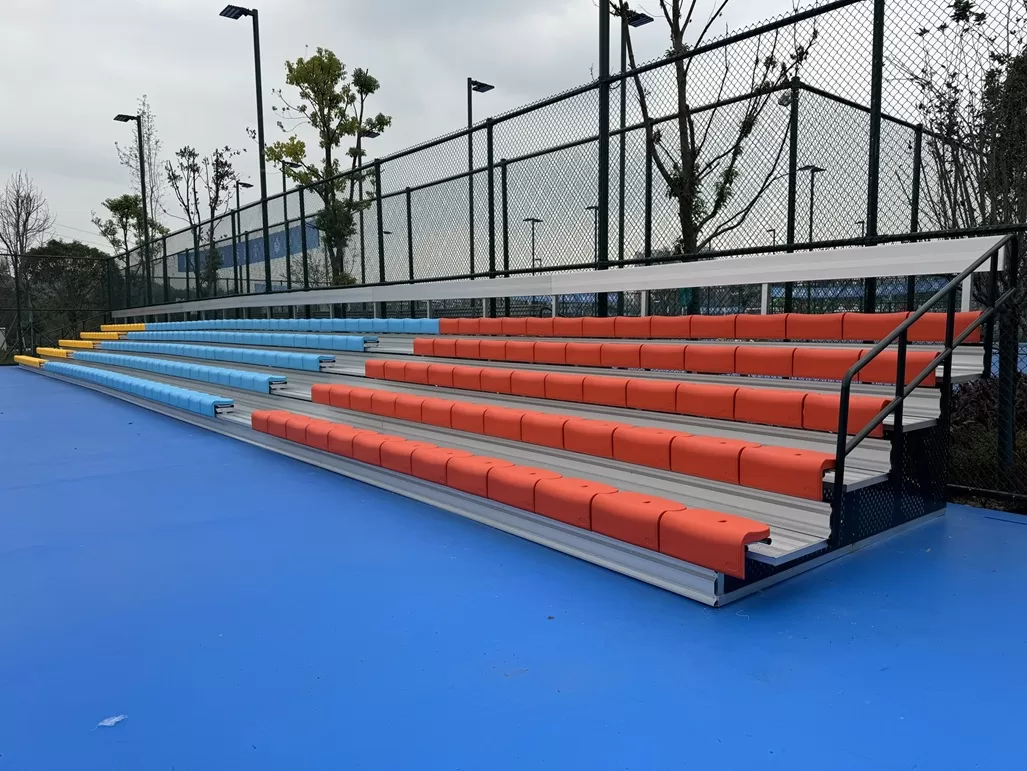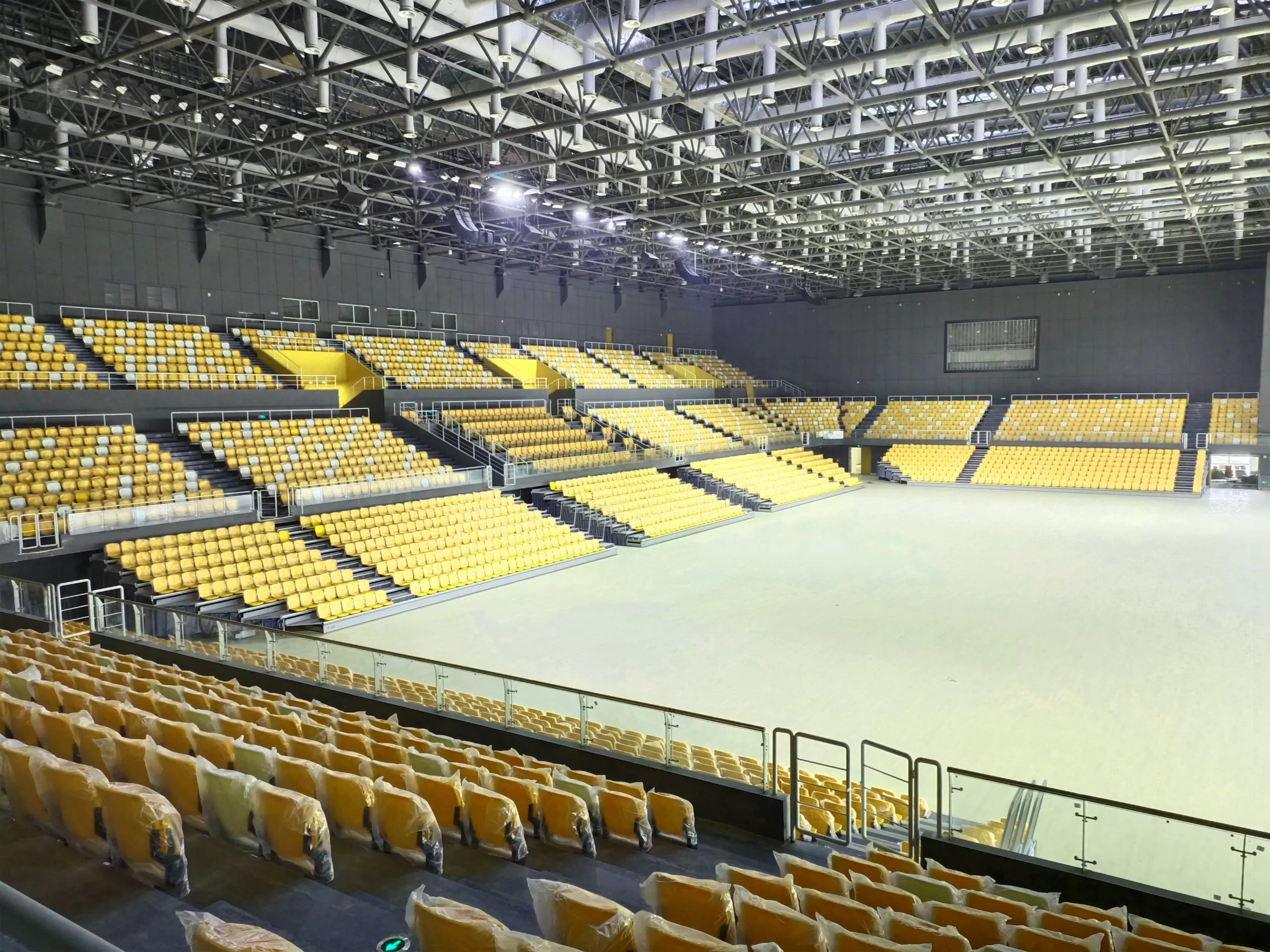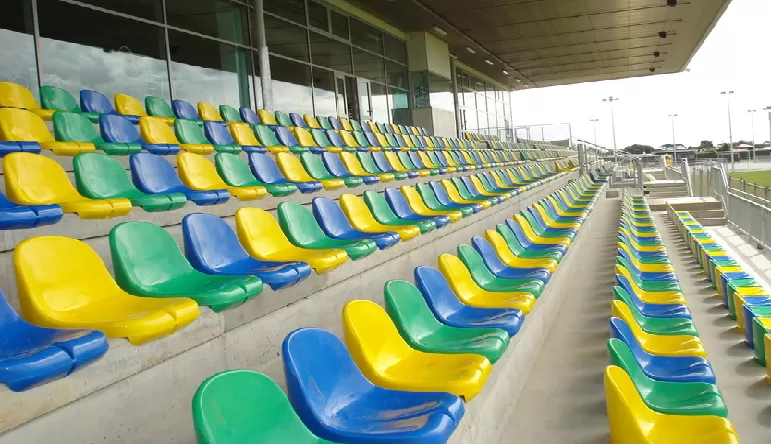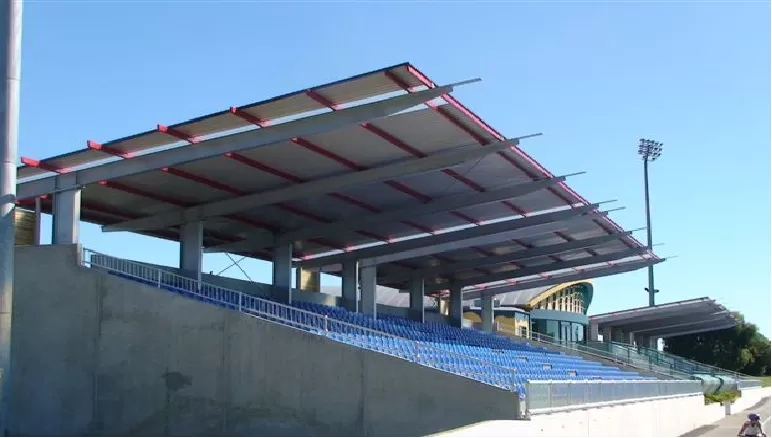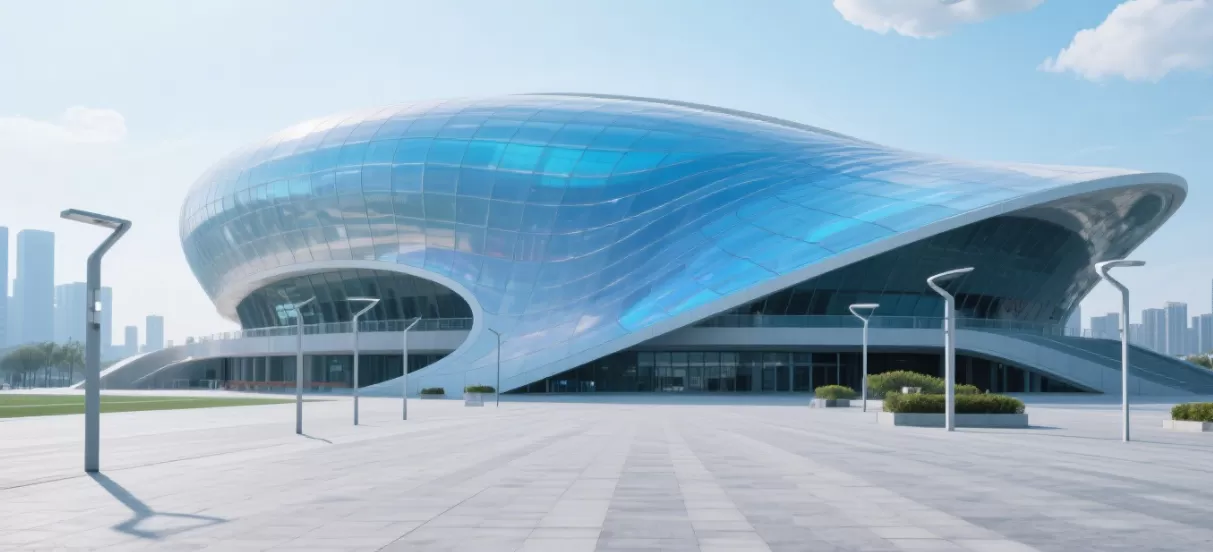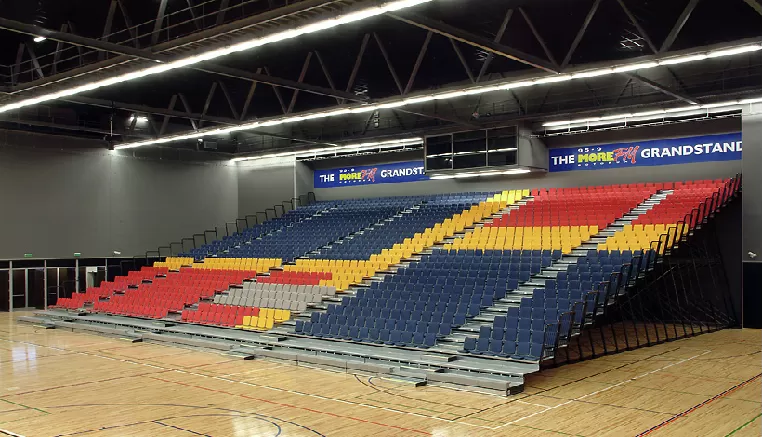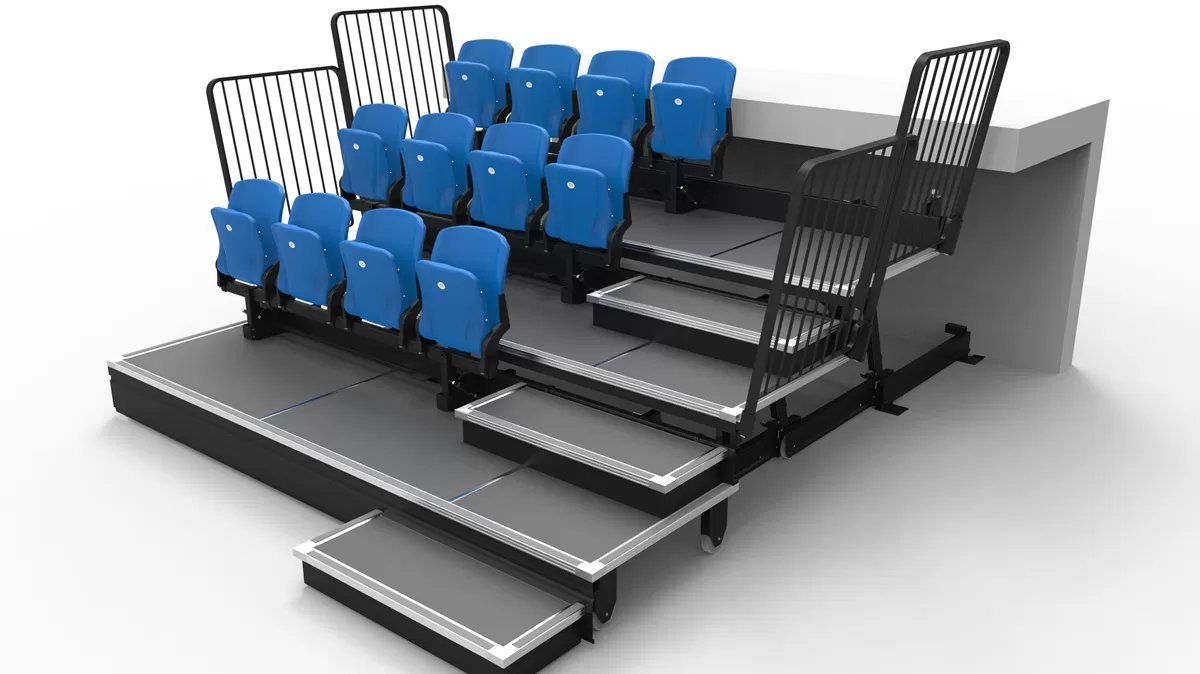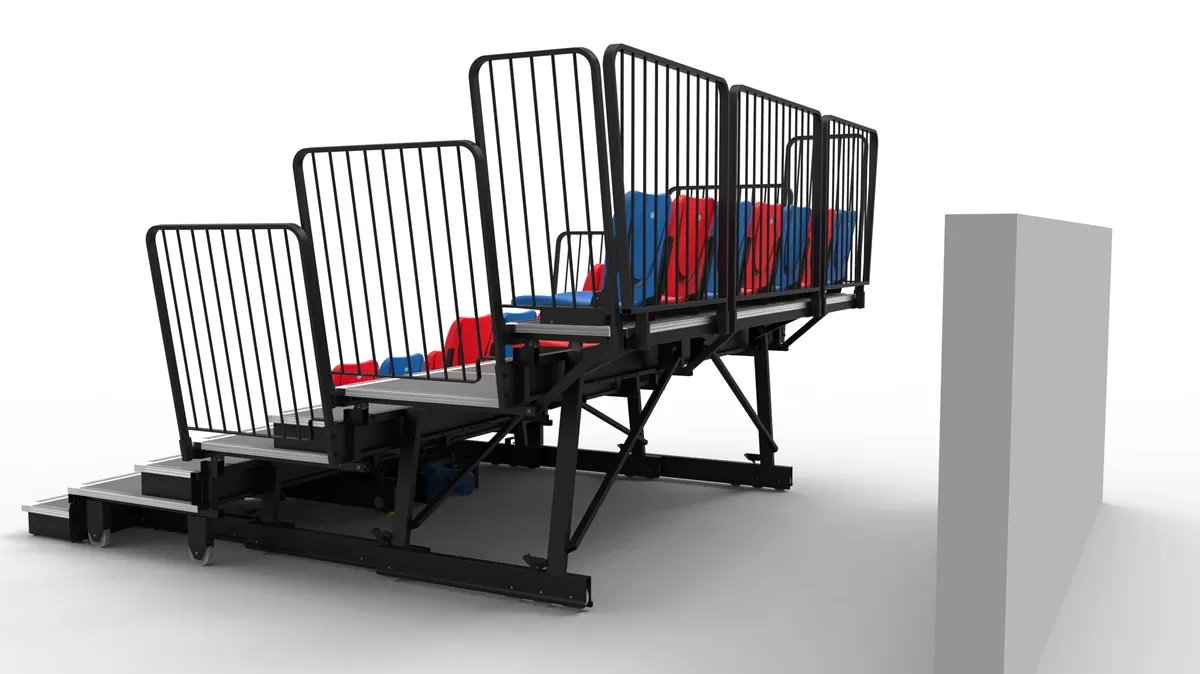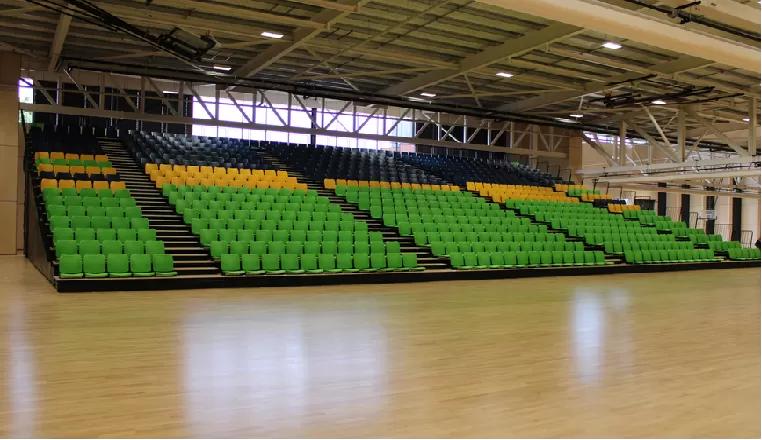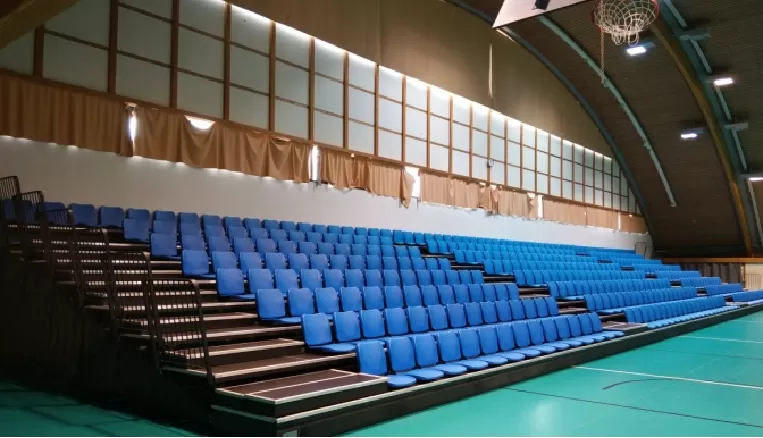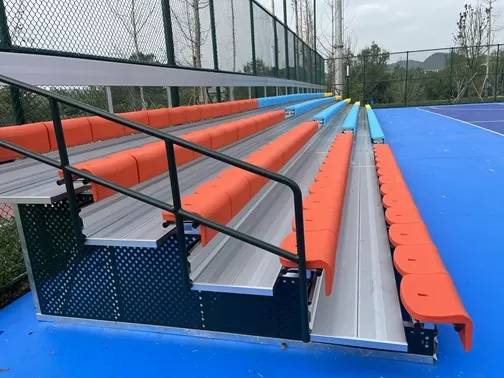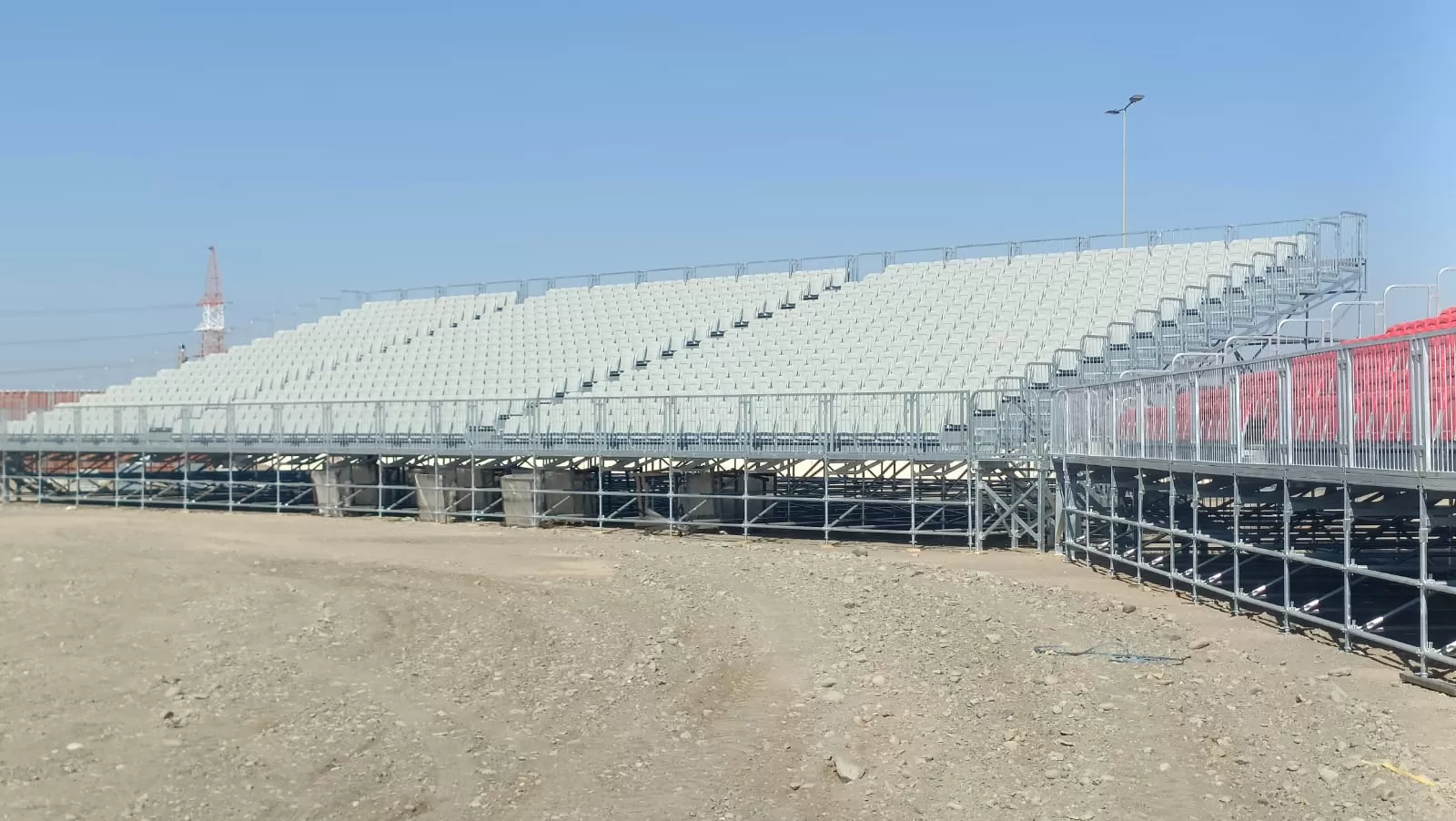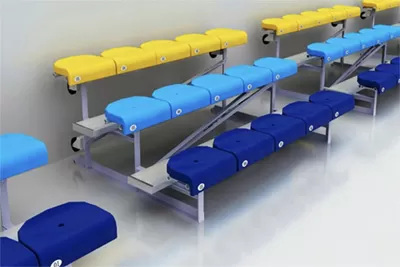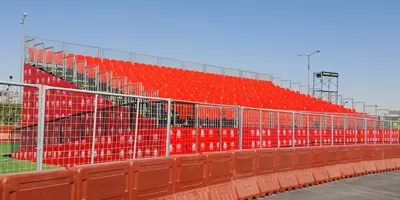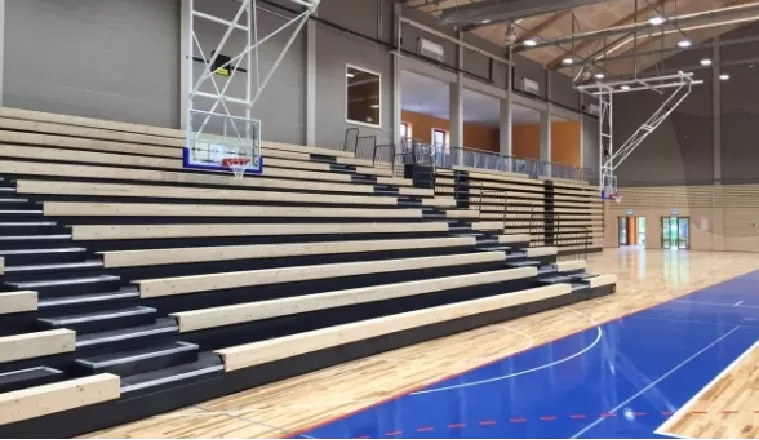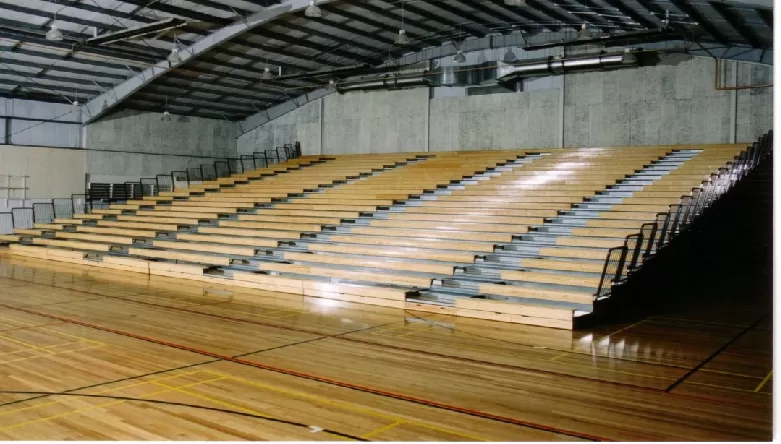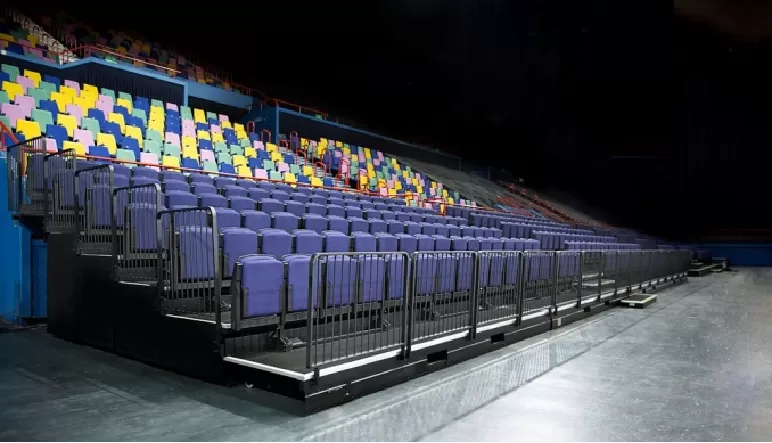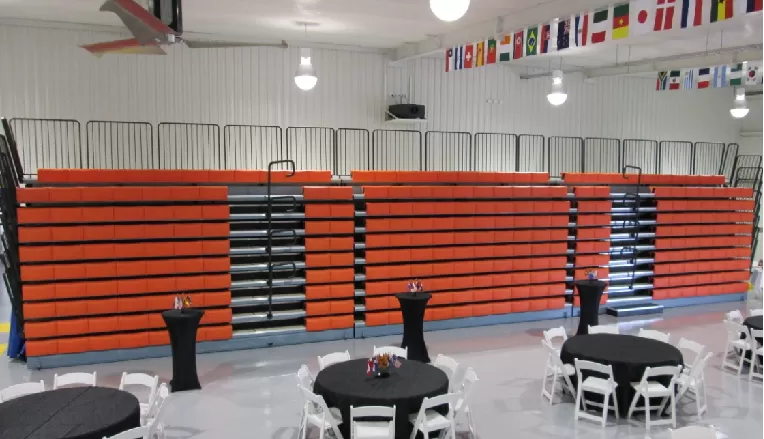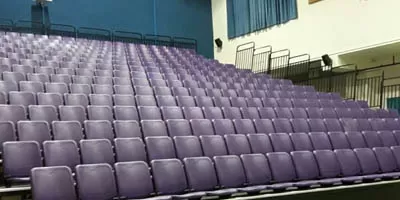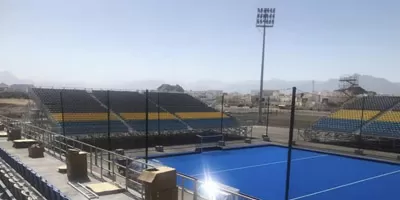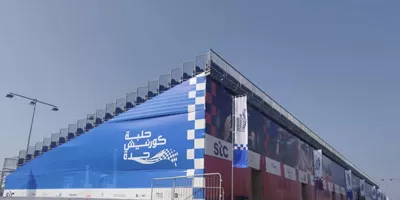Saudi Arabia’s Sports Industry Boom: A Vision 2030 Success Story
Saudi Arabia’s rapid transformation into a global sports powerhouse is one of the most compelling narratives of the 21st century. Driven by its Vision 2030 economic diversification plan, the kingdom has invested over $6 billion since 2021 to build a thriving sports ecosystem, attracting international athletes, investors, and fans alike. This blog explores how Saudi Arabia is reshaping the global sports landscape through strategic investments, world-class infrastructure, and groundbreaking events.
1. Government Policies and Strategic Investments
At the heart of Saudi Arabia’s sports revolution is the Public Investment Fund (PIF), which has spearheaded a series of high-profile acquisitions and partnerships. Key initiatives include:
- Annual $2 billion sports budget: Allocated to develop grassroots programs, professional leagues, and infrastructure projects .
- Saudi Pro League (SPL): The league’s net transfer spending of $957 million in 2023 made it the second-most active globally, attracting stars like Cristiano Ronaldo and Neymar .
- Esports dominance: A $38 billion investment in Savvy Games Group is positioning Saudi Arabia as a global esports hub, with the sector projected to contribute $13.3 billion to GDP by 2030 .
The PIF’s portfolio now includes stakes in four SPL clubs, international cricket sponsorships, and partnerships with global brands like FIFA and WWE . These moves align with Vision 2030’s goal of creating 100,000 jobs in sports by 2030 .
2. Mega-Events and Global Influence
Saudi Arabia has hosted over 100 elite sports events since 2019, solidifying its status as a premier destination for international competitions. Highlights include:
- 2034 FIFA World Cup: The kingdom’s successful bid to host football’s biggest event marks a historic milestone in its sports journey .
- Esports World Cup: With a record $62.5 million prize pool, the 2024 event showcased Saudi Arabia’s dominance in gaming .
- Formula 1 in Jeddah: The high-speed Jeddah Corniche Circuit has become a fan favorite, attracting 1.6 billion viewers globally in 2024 .
Recent additions like the World Pool Championship 2025 (hosted in Jeddah with a $1 million prize pool) and the Kings League MENA (a seven-a-side football tournament backed by Gerard Piqué) highlight Saudi Arabia’s commitment to diversifying its sports portfolio .
3. Cutting-Edge Infrastructure
Saudi Arabia is constructing state-of-the-art venues that blend innovation with sustainability:
- King Salman Stadium (Riyadh): A 40,000-seat architectural marvel designed by Populous, featuring AI-driven energy systems and a retractable roof. Slated for completion in 2027, it will host major events like the 2034 World Cup .
- Qiddiya Sports Complex: The $2.7 billion project includes a Formula 1 racetrack, 20,000-seat stadium, and Six Flags amusement park. Its centerpiece, the Prince Mohammed Bin Salman Stadium, will be the world’s first fully integrated venue with a retractable pitch and LED walls .
- NEOM’s Linear City: A futuristic sports hub with AI-powered training facilities and eco-friendly stadiums, targeting 1 million residents by 2030 .
These projects are part of a broader $22.4 billion investment in sports infrastructure by 2030 .
4. Economic and Social Impact
The sports sector’s contribution to Saudi Arabia’s GDP has surged from $2.4 billion in 2016 to $6.9 billion in 2023, with projections hitting $16.5 billion (1.5% of GDP) by 2030 . Key social advancements include:
- Women’s sports participation: A 149% increase since 2015, driven by initiatives like the Women’s Premier League and school programs .
- Tourism boost: Sporting events attracted 2.5 million visitors in 2023, contributing to a 378% rise in international tourist arrivals since 2022 .
- Private sector growth: Over 25 companies are vying to invest in Saudi sports clubs, with foreign firms eyeing opportunities in the $133 million privatization drive .
5. Challenges and Future Outlook
While Saudi Arabia’s sports rise is impressive, it faces hurdles:
- Criticisms of sportswashing: Accusations of using sports to deflect attention from human rights issues persist, though the kingdom argues its investments are purely economic .
- Competition with established leagues: The LIV Golf-PGA Tour merger and UFC’s entry into Saudi Arabia highlight the need for strategic partnerships to avoid market fragmentation .
Looking ahead, Saudi Arabia aims to:
- Expand into combat sports with a proposed $4–5 billion boxing league .
- Develop medical and esports tourism through projects like the NEOM Wellness Hub .
- Attract global icons like Rafael Nadal, who plans to launch a tennis academy in the kingdom .
Conclusion
Saudi Arabia’s sports industry is a testament to Vision 2030’s transformative power. By merging bold investments, technological innovation, and global event hosting, the kingdom has emerged as a disruptor in international sports. Whether through hosting the FIFA World Cup, revolutionizing esports, or building sustainable stadiums, Saudi Arabia is redefining what it means to be a sports superpower.

